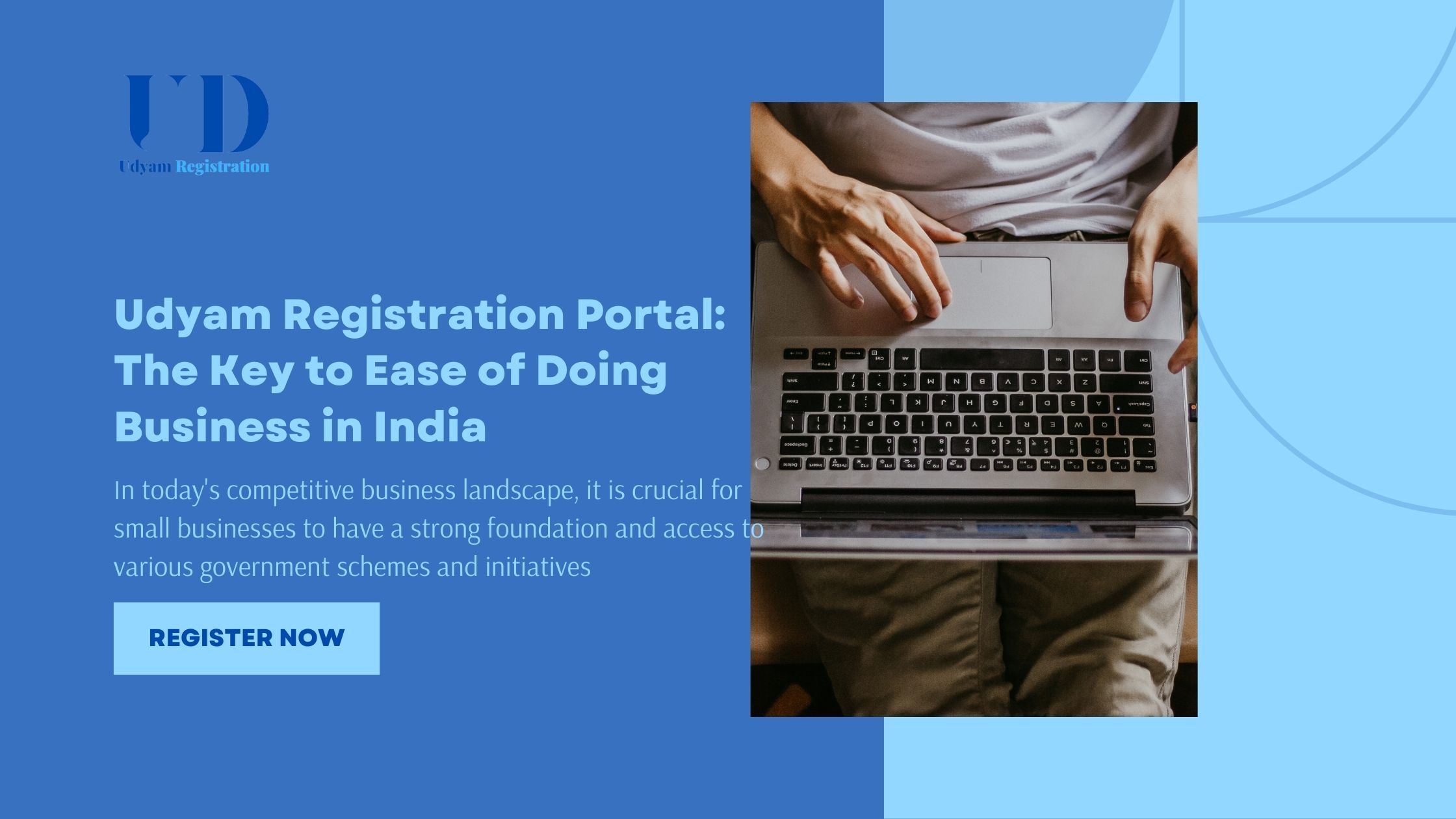The modern business environment continues to change. With these changes comes the pressure on HR leaders, workforce planning managers, and people analytics professionals to know about workforce performance, talent, and changing needs. Today more than ever, decisions backed by evidence are critical for organizations, and Workday has all the details to help in workforce planning and analytics for organizations’ success. When workforce planning is enhanced with Workday Placement, organizations can bridge skills gaps, manage people to business strategies, and be proactive with people management.
Workday’s Integrated Workforce Planning Solutions
Headcount and Cost Planning:
Headcount and expense management have been made easier by Workday by removing the burden of maintaining outdated or poorly integrated HCM systems and having live, concise, and centralized data. Current and future workforce composition and workforce costs can be evaluated by organizations to assist in budget management while meeting business goals in terms of resource availability.
Workforce Capacity Planning:
Organizations can see the difference between the demand and supply of workforce resources with Workday. Through the use of predictive analytics and what-if modeling, both HR teams and finance teams, can provide planning of workforce capacity and therefore provide efficient utilization of resources. To supplement decision-making by providing information in terms of the usual and unusual patterns, Workday helps through machine learning.
Strategic Workforce Planning:
The strategic workforce planning tools of Workday allow for the organizational workforce plans to be directly linked to the long-term business objectives. Organizations can simulate what-if approaches, address talent shortages, and constantly measure progress instantly which promotes adaptability to the needs of the business.
Skills-Based Workforce Planning:
Workday’s skills-based workforce planning focuses on skills rather than job functions which allow organizations to link pain points with the talent amidst growing work requirements. By reskilling, upskilling, or hiring, people-based capacity and demand planning allows organizations to fill empty seats that exist.
Continuous Recalibration and Cross-Functional Workforce Planning
The Benefits of Continuous Recalibration:
Workforce planning is not a one-off event, it is embedded in processes more so strategies which are why strategies need to change the tone of the paper. Companies adopt workforce analytics so that they can construct a scenario for recruitment, retention, or even transfer the costs that may be incurred from such decisions are easy to observe. This provides the organization with important ways in which workforce plans remain relevant through time by providing mechanisms that help the construction of plans that are responsive to change.
Coordinated, Cross-Functional Planning:
Business strategy optimization will also require workforce optimization and investment. Organizations appreciate the fact that there are skill gaps that need to be filled within departments and as such, it becomes imperative that cross-functional collaboration is made to help develop skills and acquisition plans. Using Workday’s analytical tools, companies avoid long-standing problems related to the workforce by understanding the trends, opening, positions, and resolving them to ensure that business objectives remain intact in terms of talent plans.
Planning Process for Workforce Success
When done correctly, workforce planning becomes a continuous process where internal and external metrics guide the assessment and revision of strategies for the next planning cycle. It begins with the goal of strategic business planning based on data selection, as management makes decisions about organizational objectives, formulates strategies, and creates action plans to drive growth, profits, mission fulfillment, and sustainability. This type of strategic planning is comprehensive, analyzing investment opportunities, associated risks, and the likely positive returns.
A structured approach to workforce planning ensures that businesses can adapt to evolving needs. Below is an overview of the major steps in the planning process:
-
Identify the Problems and Opportunities
Start with a consideration of the problems your organization has and what you plan to accomplish. Assess how much data is available for executing the strategy.
-
Market Inventory and Forecasting
Assess current market conditions and forecast future trends to ground your workforce planning in a comprehensive understanding of both internal capabilities and external challenges.
-
Formulate Multiple Approaches
Devise secondary surefire or alternative courses of action to protect oneself from workforce shortage.
-
Leverage Analytics for Adjustments
Support both qualitative and quantitative analysis towards the evaluation of the workforce to make inclusionary modifications to the plan. This is about understanding the past and present to make predictions for the future.
-
Evaluate Risks and Benefits
Compare and contrast the advantages and disadvantages of each part, and decide which strategy best suits the organization’s stated goals by measuring it against predetermined, measurable success criteria.
-
Continuous Monitoring and Adjustment
Workforce planning should be a dynamic process. Regularly assess progress, monitor key performance indicators (KPIs), and adjust your strategy as necessary to remain agile and responsive.
Maturity Model Approach
The maturity model framework describes the stages of development of the organization and the degree of its focus on assessing its capabilities. Workday makes everyone’s journey simple regardless of the position of the organization; whether the intention is to start the journey towards the workforce planning model or to improve its various aspects as Workday’s tools make the organizational processes efficient, automate most of the areas and thus information is real-time.
Key Roles in Workforce Planning
The establishment of a competent and proactive Centre of Excellence (COE) is critical in making sure that workforce planning is successful. These roles play key parts:
-
Leader or Head of Analytics and Planning:
COE leader defines the scope of the strategy, and parameters of the projects, and interacts with the stakeholders.
-
Workforce Analytics and Planning Specialist:
This specialist gathers HR statistics, creates reports, and interacts with HR Business Partners (HRBPs) to address the business issues.
-
Data Integration Specialist:
This resource helps create dashboards and measures the accuracy of data which helps in making data models and improving processes. This resource helps in making data models and maintaining data accuracy which helps in building dashboards and improving processes.
-
Technical Resource:
This team member helps in pulling data related to technology and implements the technology architecture supporting the workforce planning processes to capture the flow of data across the systems. The Technical resource also creates Workday Tutorials and guides which will help the training team to ‘train the trainers’ in the organization.
How Workday Placement Enhances Strategic Workforce Planning
Workday Placement makes sure that the right amount of talent is available to implement the plans. Through Workday Training specialists can gain the knowledge and skills necessary for the accomplishment of strategic workforce planning objectives. Workday Placement services also fill these gaps through the quick placement of qualified approved professionals who can add value to the organization right from the onset.
Aligning Talent Acquisition with Business Goals:
Workday Placement aligns talent acquisition strategies with the business’s long-term workforce planning goals, helping businesses meet evolving needs more easily.
Closing Skills Gaps:
With Workday Placement, businesses can efficiently address skills shortages through strategic hiring, reskilling, and upskilling initiatives.
Supporting Continuous Workforce Development:
By integrating Workday Placement with workforce planning, companies can foster continuous workforce development and align talent with business strategies more effectively.
Conclusion
Workday has specially crafted its placement services along with Workday’s workforce planning solutions, which enables organizations to undertake strategic workforce decisions. The realignment of workforce plans and adherence to the talent strategy in the organization’s business goals result in companies overcoming most workforce challenges, filling skill shortages, and achieving more growth than now. What professionals learn from Workday Classes enables them to strategically plan for the available workforce resources for development purposes.




